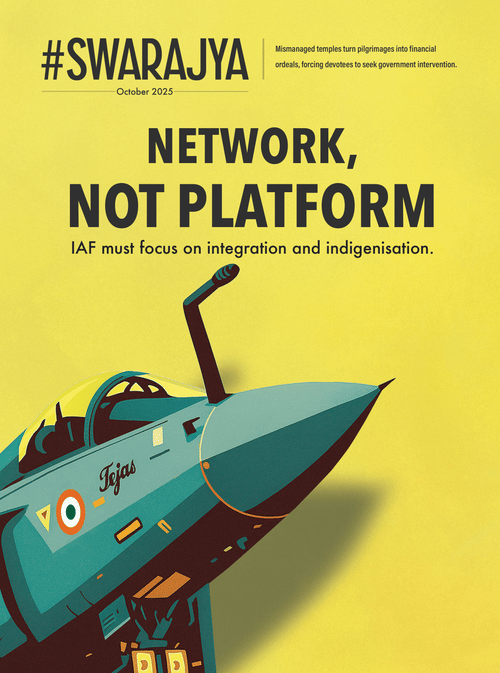News Brief
Odisha’s Tribal Belt-to-Coast Expressway Runs Into Eastern Ghats Challenge: Report
Arjun Brij
Oct 21, 2025, 02:43 PM | Updated 02:43 PM IST
Save & read from anywhere!
Bookmark stories for easy access on any device or the Swarajya app.


The Odisha government’s plan to develop the Berhampur–Jeypore Expressway (BJEW) into a six-lane high-speed greenfield corridor with parallel railway connectivity has hit a major roadblock — the formidable terrain of the Eastern Ghats.
Stretching 287 km, the BJEW is one of six major corridors identified for six-lane expansion over the next five years. Other planned routes include Rourkela–Jaleswar, Jharsuguda–Balasore, Jeypore–Rourkela, Brundabahal–Gopalpur and Nuapada–Astarang, according to a New Indian Express report.
However, nearly 230 km of the proposed BJEW alignment connecting the remote, tribal majority Koraput district with Berhampur on the coast, cuts through rugged, hilly terrain, making engineering and environmental feasibility a serious concern.
Officials said the expressway’s right of way (RoW) is planned at 80 metres but would need to be extended to 200 metres to accommodate a parallel rail line, dramatically escalating project complexity and cost.
The Rs 9,000 crore project could also face delays as forest diversion requirements would triple from 717 acres to almost 2,000 acres.
Land acquisition is another major hurdle. The 80-metre RoW already requires about 5,673 acres, including government, private and forest land. Expanding it to 200 metres could increase land needs by 2.5 times, amplifying resettlement and compensation challenges.
The steep gradients of the Eastern Ghats pose further risks. Experts noted that widening the RoW may lead to high slope cutting, triggering potential landslides.
“Around 138 km of the proposed corridor has slopes exceeding one per cent, which is challenging for standard railway gradients. The railway component needs detailed design interventions,” engineering experts familiar with the plan were quoted as saying.
A high-level meeting chaired by Chief Secretary Manoj Ahuja recently decided that the expressway’s alignment would be shared with Indian Railways for a detailed feasibility study.
“The government may plan to increase the RoW to 90 mtr to accommodate a 20 mtr utility corridor as an alternative to the parallel rail connectivity,” said an official present at the meeting.
Please click here to add Swarajya as your preferred and trusted news source on Google
Arjun Brij is an Editorial Associate at Swarajya. He tweets at @arjun_brij





